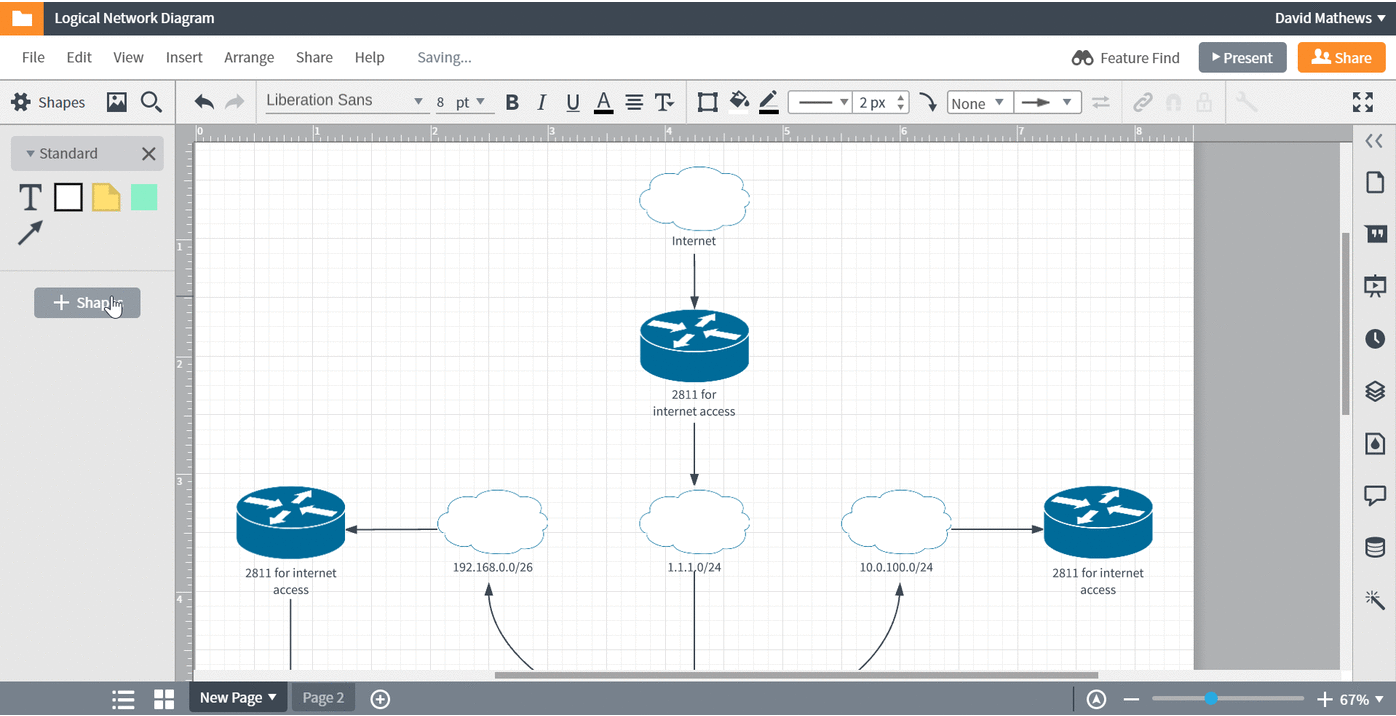


Try industry-leading features such as data linking diagram automation and links and layers for interactive diagrams. SO the issue lies where adding a new larger frame used to group older smaller frame, the new big one is on top by default which masks the colours of the older frames - of course you can see the data still, but its more about the colour coding I'm using being lost. Lucidchart is a visual workspace that combines diagramming data visualization and collaboration to accelerate understanding and drive innovation. Solution: - If I could ‘click’ that big frame and -choose ‘send to back’, or similar, (Front) I could organise these without all the delete past which I seem to be doing. If you do not do this and you have colour coded your frames, you will find that your smaller coloured frames are behind the bigger newer frame. Save time with automation Generate org charts from spreadsheet data, and visualize databases and UML sequence markup automatically. With this intuitive, cloud-based solution. One anomaly seems to be that I sometimes want frames within frame and if you make a bunch of frame to house specific lists or themes, then you decide to make a large frame to group them all together, the issues are:Įither - you have to then drop all the previous frame onto the new frame Lucidchart diagrams can be easily exported into shareable files, turned into presentations, embedded in external platforms or published to a unique URL to meet all of your sharing needs. Lucidchart is a visual workspace that combines diagramming, data visualization, and collaboration to accelerate understanding and drive innovation. So I’m new to Miro but I’ve had an intensive couple of weeks using it with a small team.


 0 kommentar(er)
0 kommentar(er)
